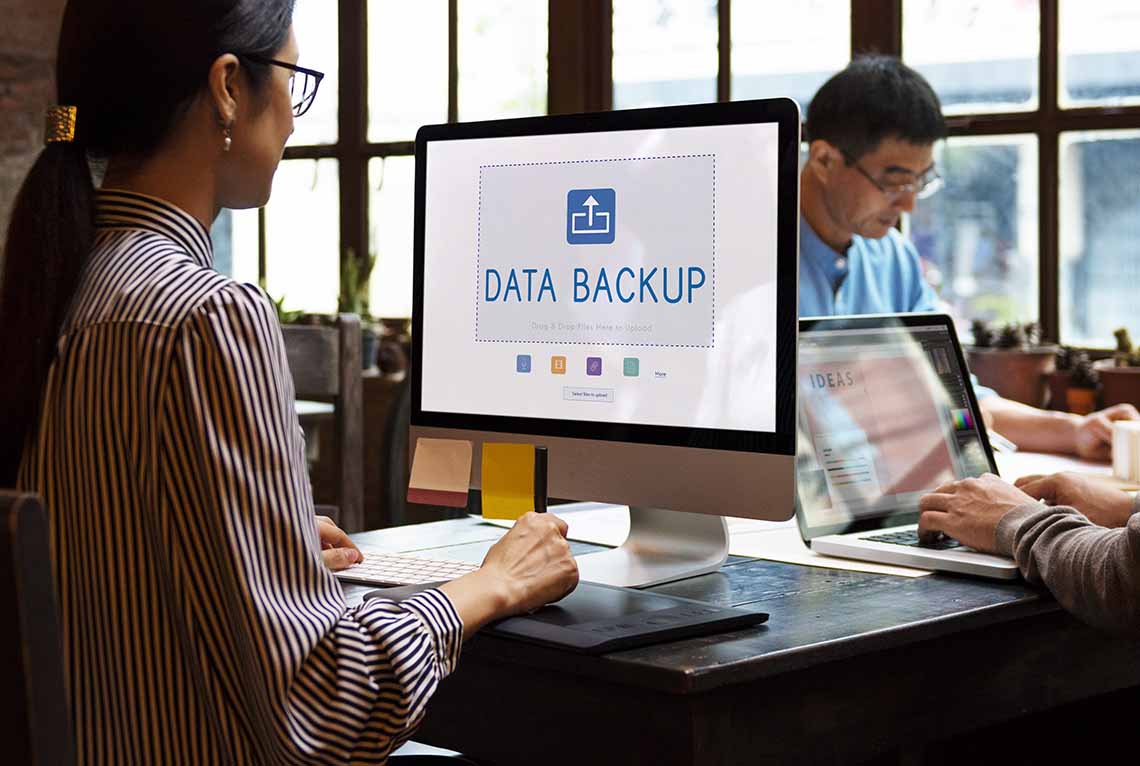We’re pleased to announce that WinZip® will be an exhibitor at this year’s Gartner Security & Risk Management Summit from June 7-10! The event takes place in National Harbor, Maryland, and can be attended either in person or virtually.
Attendees will get a chance to meet with members of the WinZip team at booth #1129. We’ll provide details about the benefits of our WinZip Enterprise and WinZip SafeMedia™ solutions and how they can equip organizations to combat today’s security challenges.
What Is the Gartner Security & Risk Management Summit?
This event is an industry- leading conference focused on accelerating the evolution of security. Over the course of three days, attendees get a chance to sit in on hundreds of sessions that feature the world’s cybersecurity thought leaders alongside Gartner cyber security experts as they share invaluable insights into key security threats, needs, and tactics for 2022 and beyond.
A top theme of this year’s summit is the accelerated adoption of digitalization and agile methodologies among organizations, which has dramatically increased their risk profiles. Companies must now learn how to evolve their security strategies to successfully manage this risk.
Why Should You Attend?
This event is for any security and risk management leaders looking to shore up their company data security plans, processes, and technology to overcome today’s challenges and meet the demands of the future.
Here are three key benefits of attending:
1. Discover how to evolve your security strategy by reframing and simplifying your defenses to prepare for current and future attacks.
2. Get a chance to mingle with some of the most influential members of the cybersecurity community—including our WinZip team! We’re holding several networking events where you can meet with WinZip experts to learn more about our industry-leading technology and how it protects company data.
3. Enter the WinZip raffle for a chance to win a Microsoft Surface Go 3! All attendees who visit the WinZip booth can enter the drawing by simply scanning their badge. We’ll randomly select a winner at the end of the conference and notify them within 30 days of the drawing.
If you haven’t yet registered to attend, don’t wait! Nab your spot while there’s still time.
Once you’ve got your ticket:
Stop by the WinZip booth (#1129) during the event to learn how our technology can strengthen your organization’s cybersecurity defenses.
Keep reading below for a quick primer on the WinZip solutions we’ll be showcasing at this event.
Gain All-in-One Security for Greater Peace of Mind with WinZip Enterprise
WinZip Enterprise is a best-in-class file encryption, data management, file sharing, and compression solution combined into a single powerful, customizable tool. It protects data using the highest levels of bank and military grade AES encryption, including FIPS 140-2, FIPS 197, and is trusted for DFARS.
With centralized IT control and a single pane of glass for cloud file management, PDF management, endpoint backup, and compliance and encryption, WinZip Enterprise is a trusted choice by Fortune 500 companies in the areas of financial services, healthcare, insurance, and government and military defense.
New features in the latest version of WinZip Enterprise include:
Context-aware file management tools, including a streamlined actions pane, Image Manager, PDF express, batch conversion capabilities, quick access to recent contacts and a Files Shared to Me folder, the ability to switch seamlessly between Windows Explorer and WinZip Enterprise, and much more.
Updated backup and automation capabilities, including WinZip Secure Backup and enhanced auto clean and organization capabilities.
New file compression, packaging, and sharing options, including personal network attached storage (NAS) cloud drive support and WinZip Share Express along with more filter options for zipping files.
WinZip Enterprise offers licensing and support tailored to your business, along with volume pricing.
Request a free WinZip Enterprise quote or POC to learn more.
Protect Sensitive Data On-the-Go with WinZip SafeMedia
WinZip SafeMedia helps organizations keep sensitive data safe by enabling users to store, manage, and transport files on removable media (e.g., USB drives, CDs).
The ability to secure data “on the go” has become essential in today’s remote and hybrid work environments, where employees frequently use their own personal devices for work purposes, including removable storage devices.
WinZip Safe Media is a simple, centrally managed solution that safeguards data on removable storage devices via enterprise-level data security features and military grade encryption.
Key features include:
Powerful administrative tools that enable customized settings and monitoring so you can tailor security policies to your organization’s needs.
FIPS 140-2 compliant and FIPS 197 certified encryption and compression to protect your data on removable media and in transit.
A seamless drag and drop interface with automatic security features that won’t hinder employee productivity.
IT departments responsible for safeguarding cybersecurity for some of the largest organizations in high-risk verticals like financial services, healthcare, insurance, manufacturing, legal/law firms, and government and military defense firms trust WinZip SafeMedia to protect their data.
See the benefits for yourself—get a free WinZip SafeMedia quote or POC.





